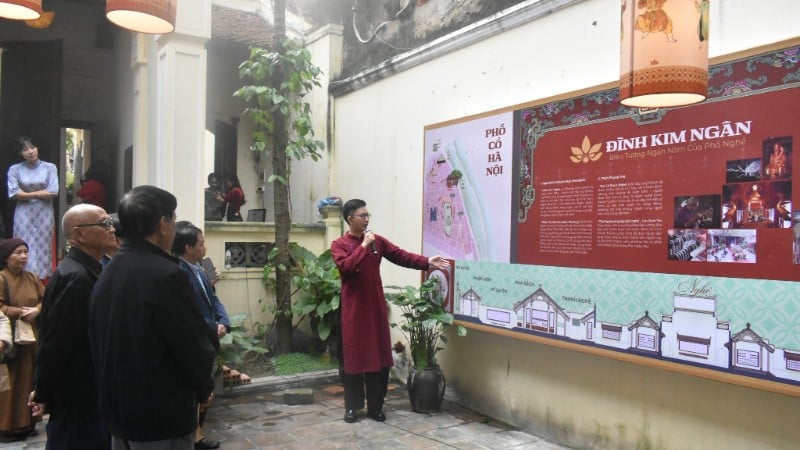
Introducing Kim Ngan communal house and Hanoi craft streets.
The event was held to celebrate the 20th anniversary of Vietnam Cultural Heritage Day (November 23, 2005 - November 23, 2025) at Kim Ngan Communal House (42-44 Hang Bac, Hoan Kiem, Hanoi). This is an important experimental step in the effort to synchronize the architectural and cultural identity of the craft street, while recreating the depth of the guild's memories to turn heritage into a sustainable creative resource.
Hanoi Old Quarter has long been known as the place that preserves the highest density of urban heritage layers of Thang Long-Hanoi. Besides the streets bearing the trading imprint of the ancient Ke Cho, this place is also an interwoven network of communal houses, temples, and shrines reflecting the formation and development of craft guilds.
Among them, Kim Ngan communal house is one of the typical works, ranked as a National Architectural-Artistic Monument by the Ministry of Culture, Sports and Tourism in 2013. The communal house is still relatively intact in both its architectural structure and carvings associated with the traditional goldsmith profession.
Through hundreds of years of changes in the Hang Bac craft street, Kim Ngan Communal House still retains its core functions: worshiping the founder of the craft, being a gathering place for guilds, casting silver and exchanging money, and at the same time becoming a spiritual symbol of the goldsmiths of Thang Long land.
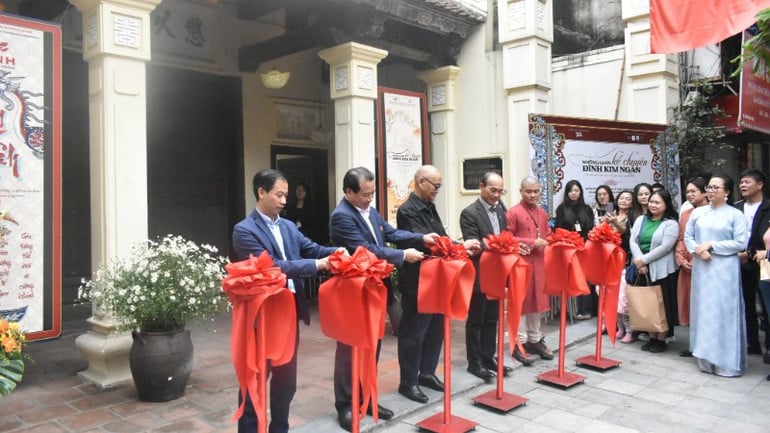
Ribbon cutting ceremony to open the project.
The 19th century was the period when Kim Ngan communal house reached its highest level of perfection. The traditional wooden frame and the structures of trusses, overhangs, and beams created the unique artistic depth of Vietnamese communal house architecture. In particular, some of the carvings that have been preserved to this day show the handprints of the ancient Hang Bac goldsmiths, where "Nghe" was honored not only through the profession, but also through the lifestyle, the profession, and the guild spirit.
In the context of strong urbanization and commercialization of the old quarter, the preservation and promotion of the value of Kim Ngan communal house is of special importance. This is the reason why the project "Kim Ngan communal house storytelling space" was born, aiming at a model of turning relics into "living cultural spaces", both preserving values and creating motivation for creative economic development.
The project was initiated from a core question: How can heritage be both displayed and "live" in contemporary urban life? While the tangible heritage layer of the old town, including architecture and landscape, has been cared for for many years, the intangible heritage layer "of profession", especially the memories of guild activities, has not yet had a suitable form of reproduction.

Artisan introduces the quintessence of silver carving.
Kim Ngan Communal House, with its spacious space and deep professional history, has become an ideal place to recreate the story of "from profession to art" of a goldsmith.
The project focuses on exploiting the unique patterns of the communal house, from the carvings of La Hou, sacred animals, floral designs to traditional silver carvings to form a new visual language. This is a unified language throughout the categories: signs, objects, space design, graphics, and display materials.
The team conducted a detailed survey, digitized and analyzed the system of images, and organized two in-depth discussions on the image of La Hou in Vietnamese fine arts. From there, the patterns were adapted in a purely Vietnamese spirit, making the heritage more familiar while still maintaining its solemnity.
The special feature of the project is the organization of space according to the career journey, simulating the development process of the skills of the ancient Thang Long craftsmen. The entire communal house floor plan is recreated according to the traditional "Cong" layout.

The project brings many interesting stories to visitors.
From the hustle and bustle of the city, passing through the communal house gate is entering the "threshold of the profession". The communal house yard becomes a space for sharing, vocational guidance, organizing learning activities... it is where blacksmiths learn basic skills.
Once the skills are mastered, the craftsmen begin to experiment with their own creations. This space is expressed through two large graphic works: "Bach nghe do" and "Kim Ngan dinh thi", using pure Vietnamese art and patterns selected from the communal house to tell the story of entering the profession and starting a business at the market.
"Thanh Nghe" is the stage where the craftsman reaches a high level of skill, capable of designing patterns, combining materials, and creating new designs. The exhibition space is open, interactive, introducing handmade products and familiar stories about the profession.
In addition, the most sacred space of the communal house becomes a place to honor the quintessence of the profession. Here, artisans present their stories of the profession, display their best works and participate in the official appraisal council, simulating the ancient process of "introducing to the guild". This is also a profound stop for each person to feel the tradition of "respecting ancestors - respecting the profession".

Works and products are introduced to the public.
Along with the exhibition activities, the project also incorporates cultural experiences, reenacting traditional craft operations such as: silver casting, ancient coin exchange, carving models, making handicrafts, etc.
Artisans directly guide visitors, allowing them to touch the craft themselves, understand the elaborateness of each stage, and thereby appreciate the value of "art".
In particular, the communal house's unique patterns are studied and transformed into contemporary cultural products: paintings, fabrics, pillows, souvenirs, and display items. This is an important step to realize the goal of "heritage nurturing heritage" so that traditional values themselves create economic resources for conservation work.
With a multidimensional approach, the project "Kim Ngan Communal House Storytelling Space" contributes to rekindling memories of the goldsmith profession and opening up a new direction for exploiting urban architectural heritage, turning the relic into a living cultural space with depth, experience, creative products and the ability to sustain itself.

The event attracted the attention of experts and tourists.
This model can be replicated in other relics in the Old Quarter such as Hang Buom Communal House, Thanh Ha Communal House or traditional craft ancestor worship spaces. When heritage is synchronized in design language, cultural stories and operation methods, Hanoi Old Quarter will form a network of "heritage storytelling spaces", becoming a specialized destination for cultural and creative tourism.
In order to help the public approach the heritage through practice, the project organizes a series of workshops lasting nearly a month. From Monday to Thursday, from 9:30 am to 4:00 pm, there will be an experience of printing ancient motifs using Thanh Lieu woodblocks. From Friday to Sunday, from 9:30 am to 4:00 pm, there will be an experience of making souvenirs using traditional materials such as silk, wood, do paper, etc. The activities are held right at Kim Ngan communal house, helping visitors understand more about folk art and traditional shaping processes.
The launch of "Kim Ngan Communal House Storytelling Space" is a strategic step in connecting heritage to the community and expanding contemporary creative space. From the patterns, structures, and real stories of the old craft guild, the project creates a space with depth and rich identity, where people and tourists can not only observe but also experience and relive the memories of the craft town.
Source: https://nhandan.vn/danh-thuc-di-san-pho-nghe-qua-khong-gian-ke-chuyen-dinh-kim-ngan-post925333.html


![[Photo] VinUni students' emotions are sublimated with "Homeland in the Heart: The Concert Film"](/_next/image?url=https%3A%2F%2Fvphoto.vietnam.vn%2Fthumb%2F1200x675%2Fvietnam%2Fresource%2FIMAGE%2F2025%2F11%2F26%2F1764174931822_10-3878-jpg.webp&w=3840&q=75)
![[Photo] Close-up of heavy damage at the school located on the banks of the Ban Thach River](/_next/image?url=https%3A%2F%2Fvphoto.vietnam.vn%2Fthumb%2F1200x675%2Fvietnam%2Fresource%2FIMAGE%2F2025%2F11%2F26%2F1764152130492_ndo_bl_img-8188-8805-jpg.webp&w=3840&q=75)






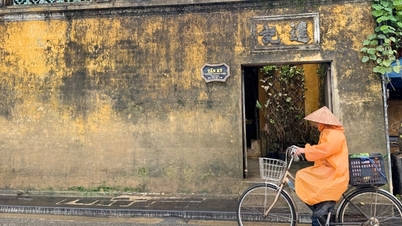



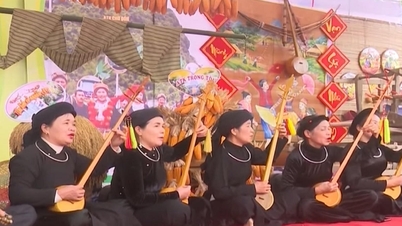







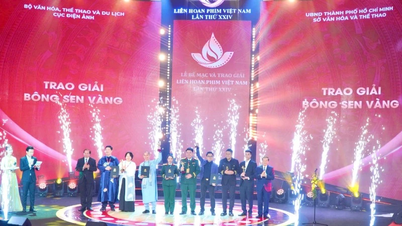



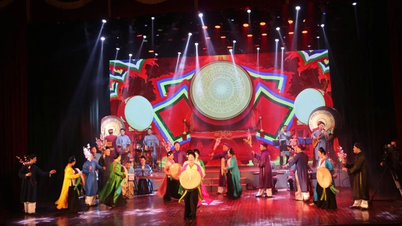









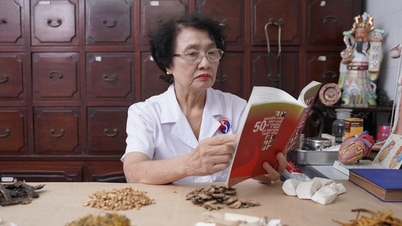



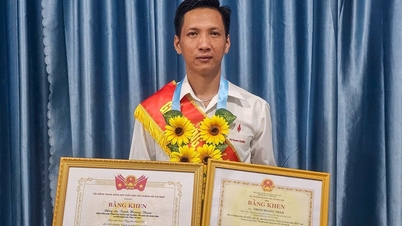





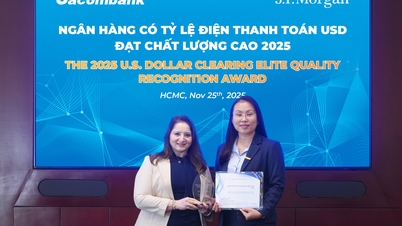

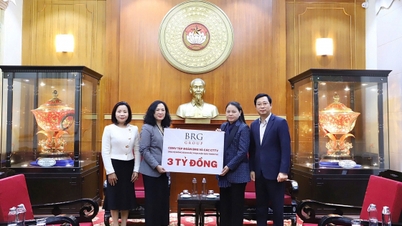



















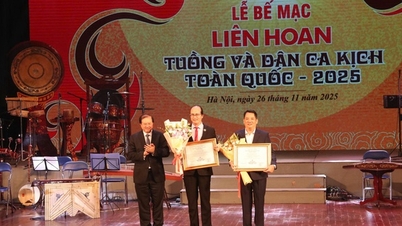







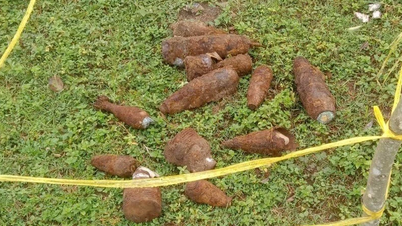






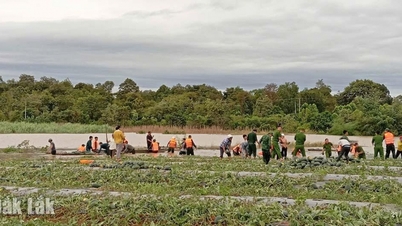













Comment (0)